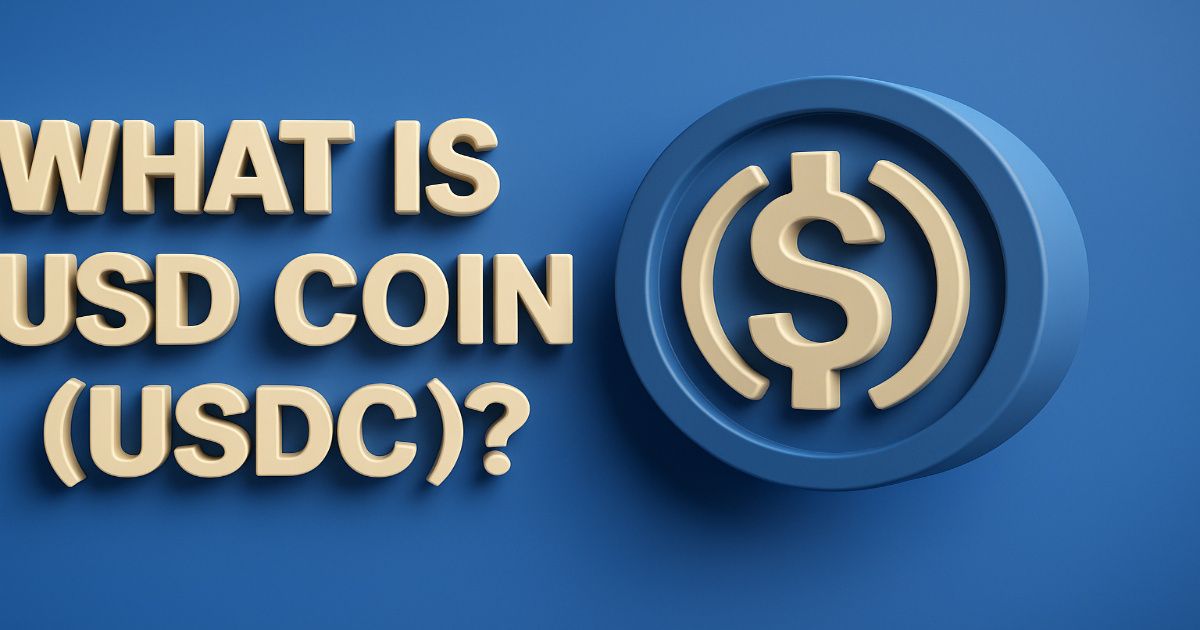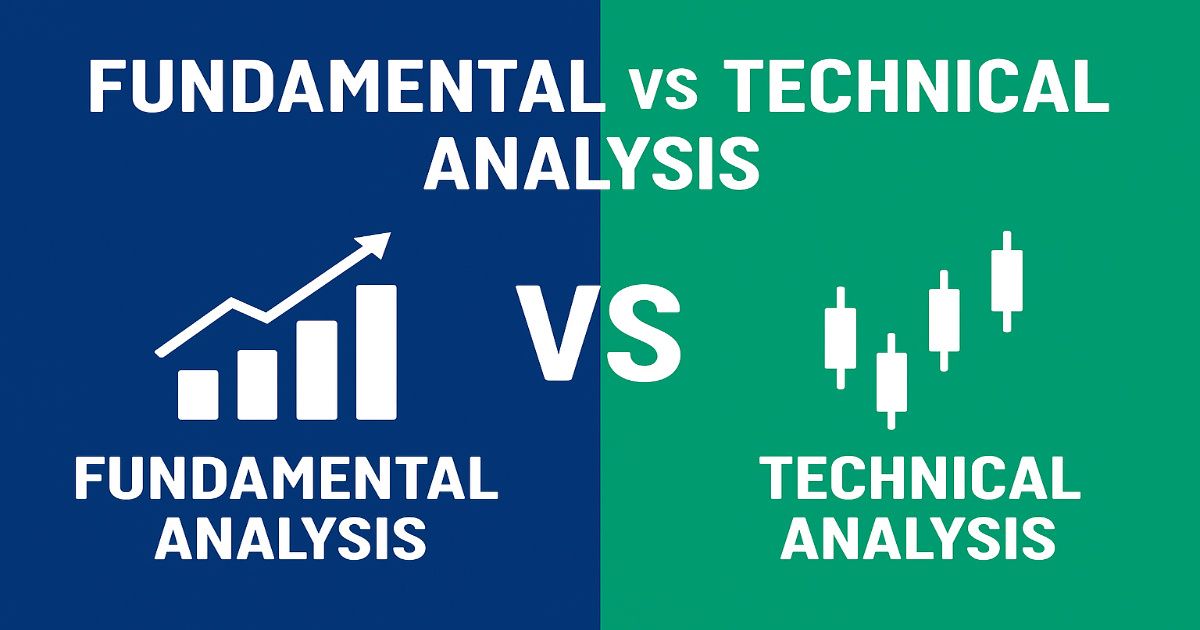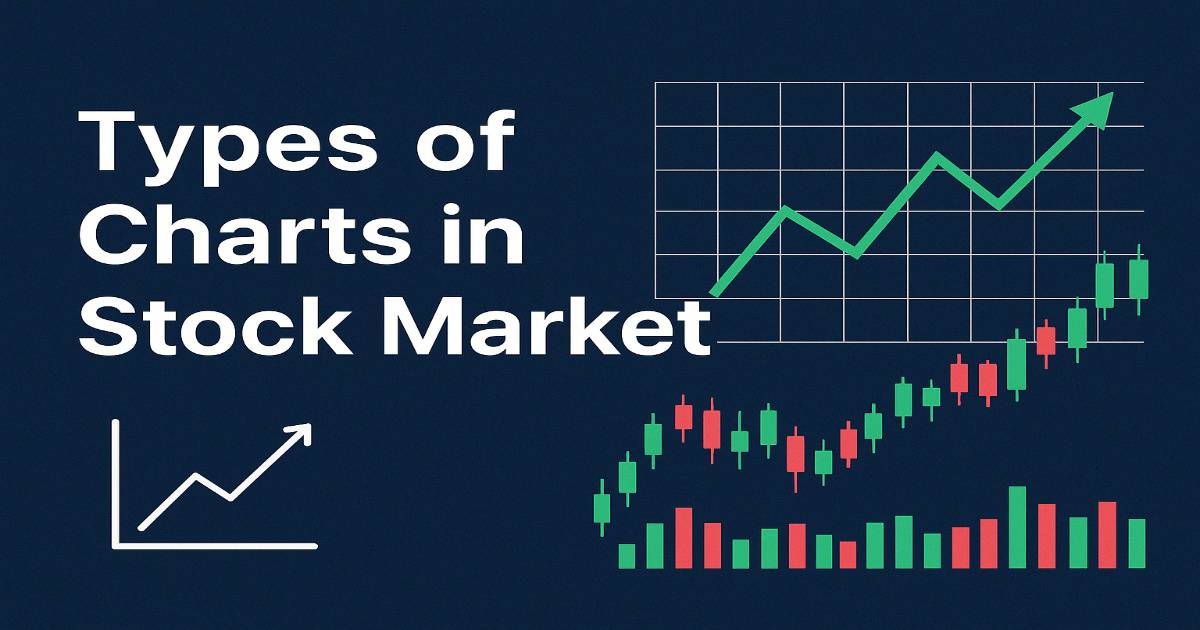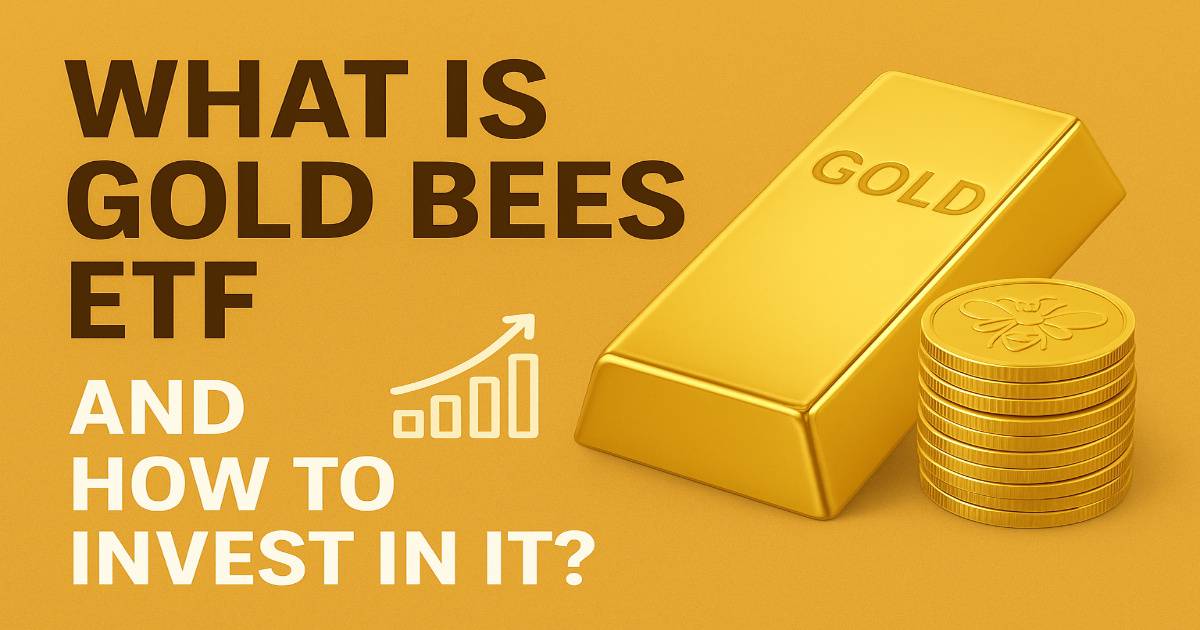Introduction
Cryptocurrencies have transformed how we think about money, payments, and investment. Yet, one challenge remains constant: price volatility. Coins like Bitcoin and Ethereum may gain or lose 10–20% of their value in a single day, making them risky for everyday use.
In the world of cryptocurrency, stability is often hard to find. Prices of popular coins like Bitcoin and Ethereum can swing wildly within hours, making them exciting but also risky for everyday use. This is where USD Coin (USDC) comes in — a stablecoin designed to keep its value tied to the US dollar at all times.
Enter USD Coin (USDC) — a cryptocurrency that doesn’t swing wildly in value. USDC is a stablecoin, meaning its price is pegged to a stable asset, in this case, the US dollar. For every 1 USDC in circulation, there is supposed to be $1 held in reserve.
This makes USDC a bridge between the crypto world and traditional finance, combining the best of both: the stability of the dollar and the speed and security of blockchain technology. USDC offers the benefits of blockchain technology while avoiding extreme price volatility. Whether you’re making online payments, trading crypto, or transferring money internationally, USDC provides a fast, low-cost, and stable digital alternative.
In this article, we’ll dive deep into:
- The history and purpose of USDC
- How it works and stays stable
- Its benefits, risks, and limitations
- Real-world use cases and adoption trends
- Step-by-step guides for buying, storing, and using USDC
- Future possibilities in a changing financial landscape
By the end, you’ll understand why USDC has become a critical part of the modern crypto economy.
What Is USD Coin (USDC)?
USD Coin (USDC) is a digital stablecoin pegged to the US dollar at a 1:1 ratio. It is issued by Centre Consortium, a partnership between Circle (a financial technology firm) and Coinbase (a leading cryptocurrency exchange).
Launched in September 2018, USDC quickly gained traction as a trusted stablecoin in decentralized finance (DeFi), trading, and global payments.
Key characteristics:
- Stable Value: 1 USDC = 1 USD
- Fully Backed: Reserves held in US-regulated banks and short-term US Treasury bonds
- Multi-Chain: Available on Ethereum, Solana, Polygon, Avalanche, Tron, Stellar, and more
- Transparent: Monthly reserve audits by independent accounting firms
Why Was USD Coin Created?
The creators of USDC aimed to solve several problems in both the crypto and traditional banking systems:
- Volatility in Crypto Markets
Cryptocurrencies like Bitcoin are highly volatile, making them risky for everyday payments. USDC offers a stable store of value. - Slow and Expensive Bank Transfers
Sending money internationally via banks or services like SWIFT can take days and cost a significant percentage in fees. USDC transactions often settle in seconds with minimal costs. - Lack of Trust in Some Stablecoins
Tether (USDT) faced criticism for a lack of transparency in its reserves. USDC was built to be fully transparent and regulated from day one. - Integration with DeFi
Decentralized exchanges and lending platforms require stable assets to function effectively. USDC became a go-to option for liquidity and lending.
How Does USD Coin (USDC) Maintain Its Value?
USDC operates on a full-reserve model, meaning that for every USDC issued, there is an equivalent amount of USD (or equivalent short-term Treasury assets) held in custody.
Here’s how it works:
1. Issuance (Minting)
When a user deposits US dollars with a USDC issuer (e.g., Circle), the company mints an equivalent amount of USDC on the blockchain.
Example: Deposit $5,000 → Receive 5,000 USDC.
2. Redemption (Burning)
When a user wants to convert USDC back to cash, the USDC is “burned” (destroyed) and the equivalent USD is released to the user’s bank account.
3. Reserve Audits
Every month, independent auditors (like Grant Thornton LLP) verify that USDC reserves match the number of tokens in circulation.
This strict process ensures trust and transparency, unlike algorithmic stablecoins that rely on market mechanisms (e.g., TerraUSD, which collapsed in 2022).
Who Controls USD Coin?
USDC is issued by Circle Internet Financial, LLC, in partnership with Coinbase. Together, they form the Centre Consortium, which sets the governance rules for USDC.
While the blockchain transactions themselves are decentralized, the issuance and redemption of USDC are centralized — meaning Circle can freeze funds if legally required. This makes USDC compliant with anti-money laundering (AML) and know-your-customer (KYC) regulations.
Who Created USDC?
USDC was created by a non-profit consortium funded by crypto exchange Coinbase and financial technology company Circle. Circle aims to change the way money moves around the world. Its mission is to “raise global economic prosperity through the frictionless exchange of value”. To achieve this, it announced its digital dollar in May 2018, during the bear market, and launched in September of the same year. Then in 2021, Circle launched another stablecoin, EURC, pegged to the value of the Euro.
Both USDC and EURC are backed by highly liquid reserves managed exclusively by Circle. That said, the company has a dedication to transparency: publishing the details of its reserves every week along with a third-party assurance of its backing.
Features of USDC
- Price Stability – Always pegged to the US dollar.
- Transparency – Public monthly attestation reports.
- Multi-Chain Availability – Supports major blockchain networks.
- Programmable Money – Can be used in smart contracts for automated transactions.
- Global Accessibility – Send anywhere with internet access.
- Compliance Friendly – Follows regulations, making it attractive to institutions.
Benefits of USD Coin
1. Safe Haven in Volatile Markets
When crypto markets crash, traders move funds to USDC to avoid losses without exiting into traditional bank accounts.
2. Instant Global Transfers
USDC can be sent across borders in seconds, compared to traditional remittance systems that take days.
3. Low Transaction Costs
Blockchain transfers can cost just a few cents, depending on the network.
4. DeFi Opportunities
Earn interest or use USDC as collateral in lending protocols like Aave, Compound, or MakerDAO.
5. Business and E-commerce Payments
Merchants can accept USDC to avoid chargeback fraud and reduce settlement times.
Risks and Limitations of USDC
Even though USDC is considered one of the safest stablecoins, it’s not risk-free:
- Regulatory Risks – Governments may impose stricter stablecoin regulations.
- Centralization Risks – Circle can freeze or blacklist addresses if required.
- Banking Risks – USDC reserves depend on the stability of partner banks and Treasury markets.
- Blockchain Risks – Network congestion or vulnerabilities could delay transactions.
USDC vs. Other Stablecoins
| Feature | USDC | Tether (USDT) | DAI |
|---|---|---|---|
| Backing | USD & Treasuries | Mixed assets | Crypto collateral |
| Issuer | Circle & Coinbase | Tether Limited | MakerDAO |
| Transparency | Monthly audits | Limited | On-chain proof |
| Regulation | High | Moderate | Decentralized |
| Use in DeFi | Very High | High | High |
USDC is widely considered more trustworthy than Tether due to its regulatory compliance and regular audits.
How to Buy USD Coin (USDC)
Step-by-Step Guide:
- Choose a Platform – Examples: Coinbase, Binance, Kraken, WazirX.
- Create an Account – Complete KYC verification.
- Deposit Funds – Transfer USD, INR, or another supported currency.
- Buy USDC – Place an order for the desired amount.
- Store Securely – Move USDC to a wallet for safety.
How to Store USD Coin Safely
Options:
- Hot Wallets – Trust Wallet, MetaMask (good for daily use but less secure).
- Cold Wallets – Ledger, Trezor (offline storage, best for large holdings).
- Exchange Wallets – Convenient but riskier if the exchange is hacked.
For maximum safety, long-term holders should use a hardware wallet.
Real-World Use Cases of USDC
- Cross-Border Remittances – Families can send money abroad instantly.
- Freelancer Payments – Remote workers can get paid in USDC instead of waiting for bank transfers.
- DeFi Lending and Borrowing – Earn passive income or get loans without selling crypto.
- NFT Purchases – Avoid ETH price swings when buying NFTs.
- Charity Donations – NGOs can receive USDC instantly with low fees.
USDC in DeFi Ecosystem
In decentralized finance, USDC is a cornerstone:
- Liquidity Pools – On platforms like Uniswap and Curve.
- Stable Yield Farming – Earn predictable returns.
- Collateral for Loans – Borrow other crypto against USDC holdings.
Its stability and trustworthiness make it a preferred asset for both lenders and borrowers.
Conclusion
USD Coin has become more than just a cryptocurrency — it’s a bridge between the old world of finance and the new world of blockchain. With stability, transparency, and global reach, it empowers traders, investors, and everyday users to transact in a digital dollar without the risks of extreme volatility.
While not entirely risk-free, USDC’s regulatory compliance and full-reserve backing make it one of the safest and most widely used stablecoins. As the world moves toward digital finance, USDC could play an even bigger role in global commerce and decentralized economies.
Frequently Asked Questions (FAQs)
Who owns USDC?
USDC is managed by the Centre Consortium, founded by Circle and Coinbase.
Is USDC safer than Tether (USDT)?
Yes, due to better transparency and regulatory compliance.
Can USDC lose its peg?
It’s rare but possible during extreme market stress. Historically, USDC has maintained its peg better than most stablecoins.
Is USDC Secure?
USDC is an ERC-20 token, so when it comes to security, it relies on the underlying Ethereum network. If you’re worrying about the security of its peg, then that responsibility lies with Circle. To be transparent, USDC is audited by a third party that publishes information on its reserves periodically. Plus, it also complies with US regulations. These features mean USDC is reasonably secure both technically and financially.
Of course, your USDC is only as secure as the address you store it at. If you want to make sure your USDC is as secure as possible, the best option is to secure it with a hardware wallet. That’s because hardware wallets are non-custodial, meaning only you have access to your funds. Plus, they are also immune to online threats, meaning you can explore the web3 ecosystem without worrying about hackers accessing your USDC.
Is USDC a Stablecoin?
Yes, USDC is a stablecoin. As a stablecoin, USDC’s value is directly tied to the U.S. dollar. To achieve this, USDC is fully backed by assets of equivalent value.







